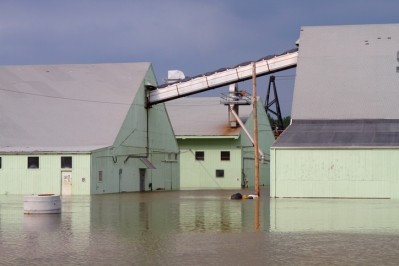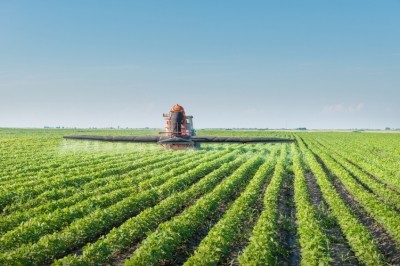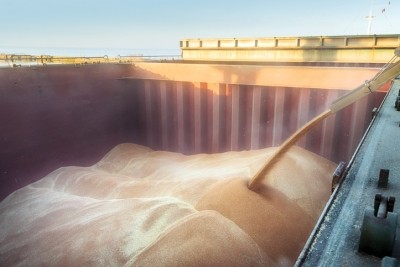Developing weather conditions could favor US feed crop production

The National Weather Service’s Climate Prediction Center has announced an “El Nino Watch,” and that there is about a 90% confidence that a weak El Nino system could develop this winter, said Brian Kerschner, assistant data manager with the office of the state climatologist in Illinois.
Once formed it has the potential to continue into the spring.
A weak formation does not mean it will not bring changes for feed crop producers, but that any influences will be harder to predict in terms of “strength and magnitude,” he added.
On Thursday, [January 10] the National Oceanic and Atmospheric Administration (NOAA) added that there also is a 65% chance that the event could form in the spring.
As agricultural production depends on climate and weather, El Nino events can have noticeable consequences on feed crop and grain production.
“El Niño is the warm phase of a phenomenon known as the El Niño Southern Oscillation (ENSO) and is caused by variations in sea surface temperatures in the eastern Pacific Ocean near the equator,” Kerschner told us.
“During El Niño the sea surface temperatures in this region typically warm by a few degrees above the long term average.”
Temperatures at the sea’s surface in the equatorial Pacific Ocean have been trending at or above average for several months, he said.
However, the Climate Prediction Center has been waiting on an atmospheric response before “an El Nino event can be observed.”
Potential influence on feed production
El Niño events tend to be unique and can result in varied effects throughout the primary feed crop production areas in the US – including the Midwest, said Kerschner.
On average, the US Midwest, which includes several large feed crop-producing states like Illinois and Iowa, may experience somewhat warmer and drier conditions during winter months when an El Niño is taking place, he said.
“In the past, El Niño events that persisted into the growing season have favored farmers with milder spring temperatures,” he added.
“El Niño events are known to typically peak in the winter months,” he said. “If persistent into the spring and summer [they] will have a lesser impact during this time as the jet stream is weaker and moves further north.”
However, during weaker events, like the one potentially forming, the presence of other atmospheric variables like the Arctic Oscillation or North Atlantic Oscillation also have to be considered, he said.
“This season so far, [with] above average December rainfall, has led to high soil moisture across the Midwest, thus elevating concern that additional rainfall in the spring could lead to excess runoff,” said Kerschner. “This is something we will have to monitor and see if El Niño will play a helping role.”












